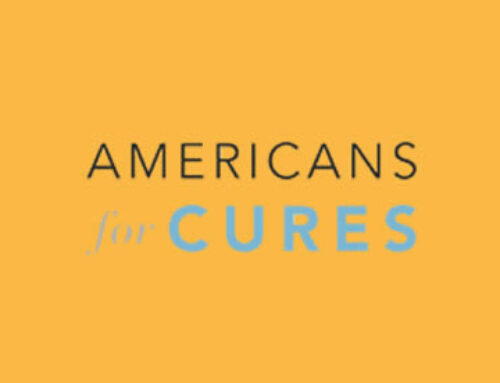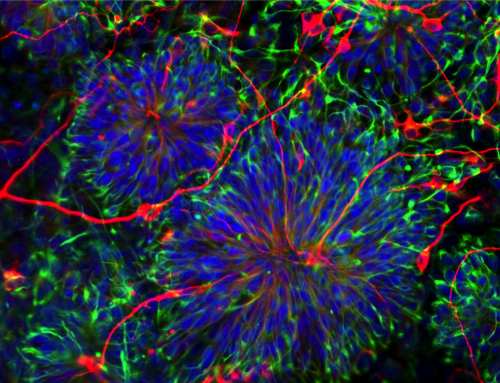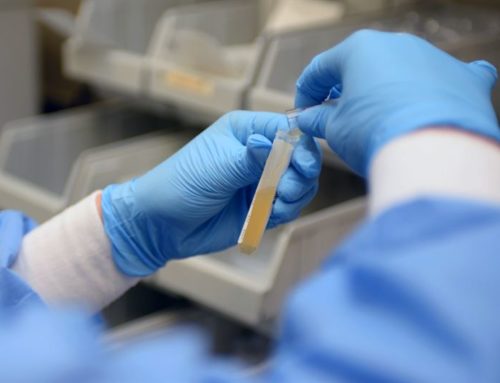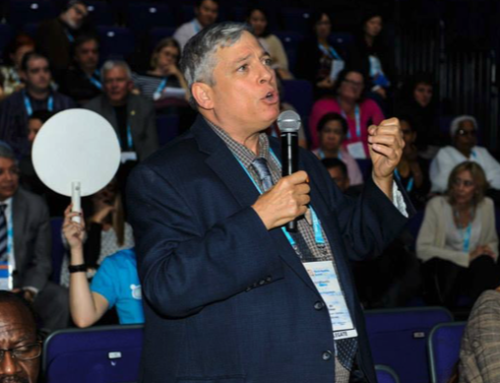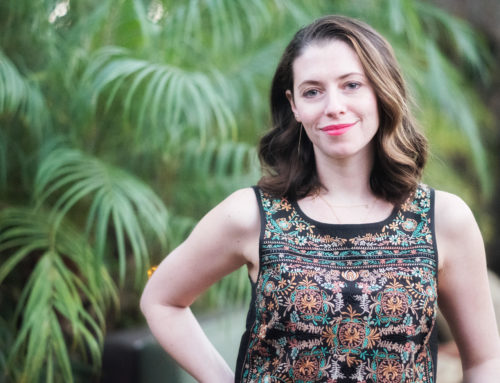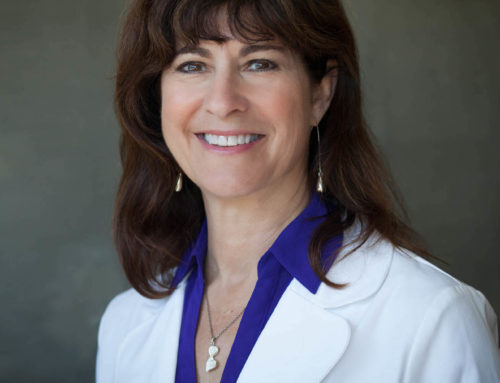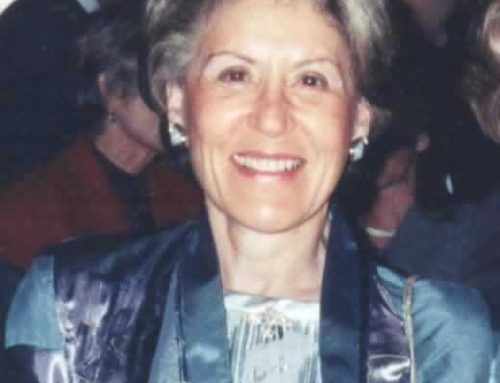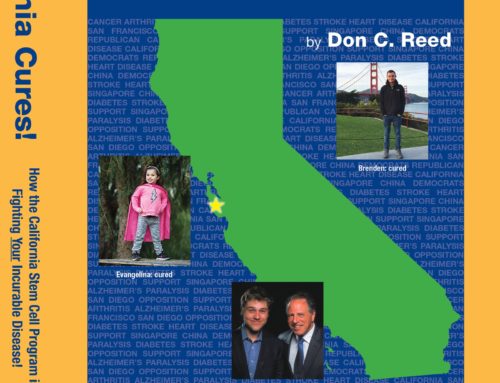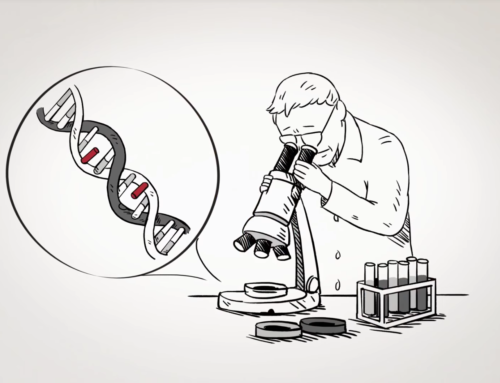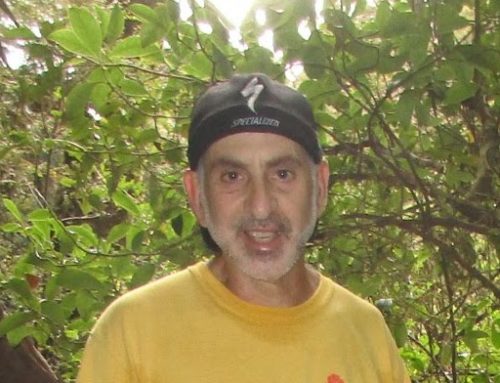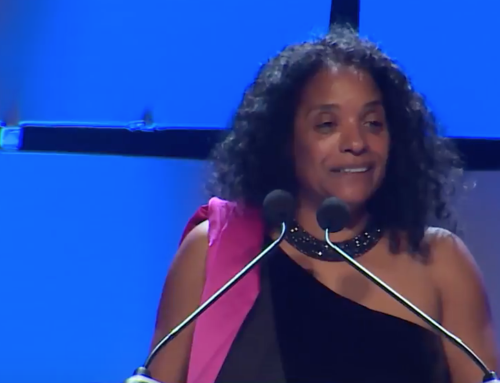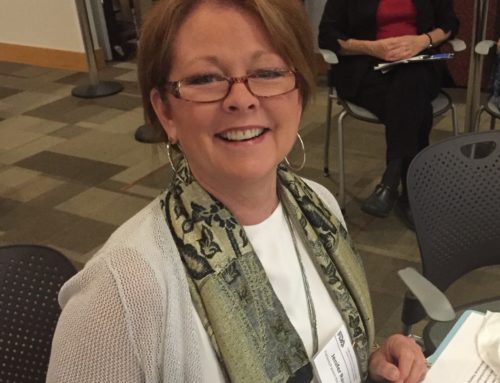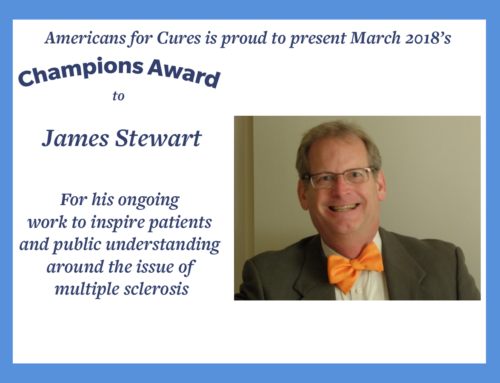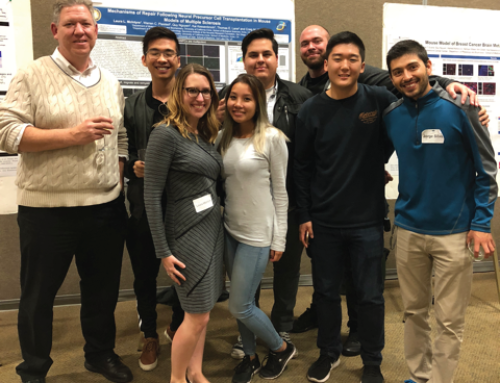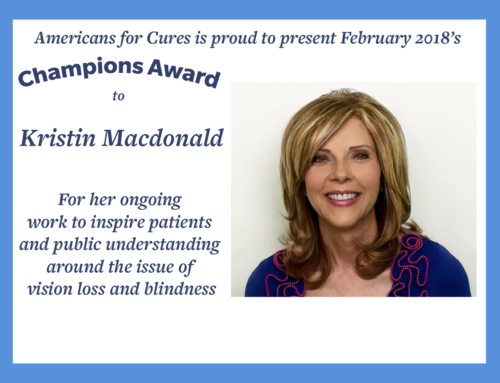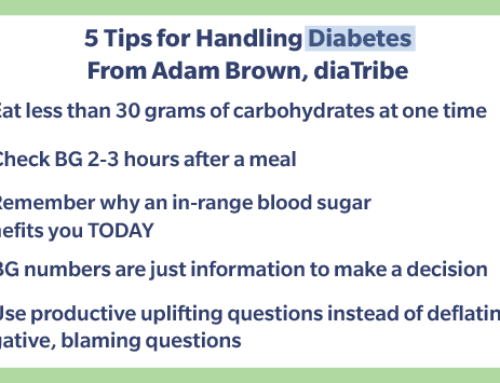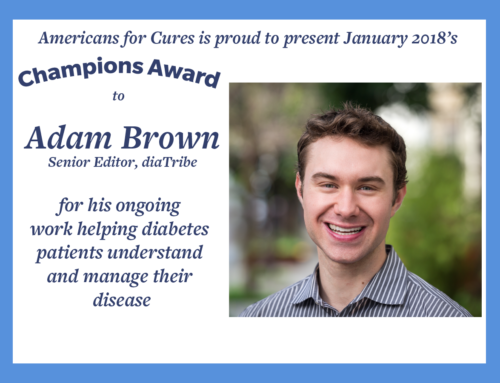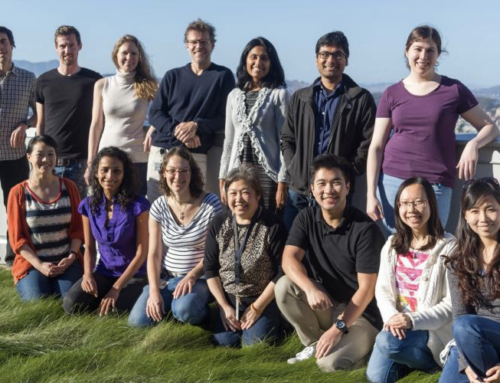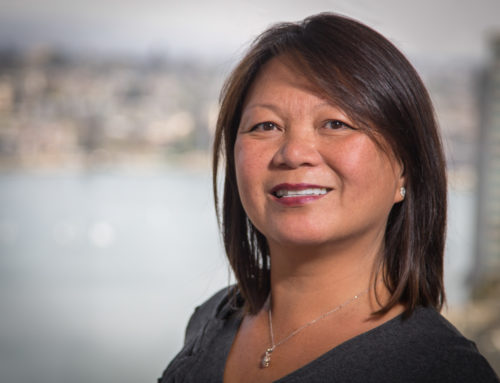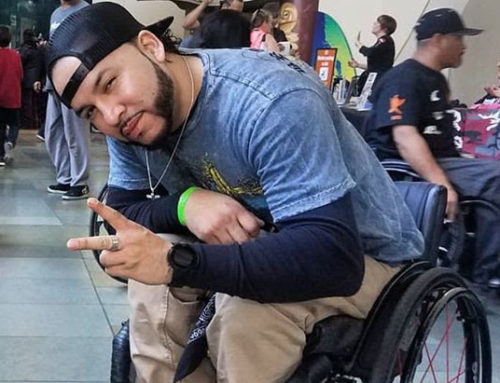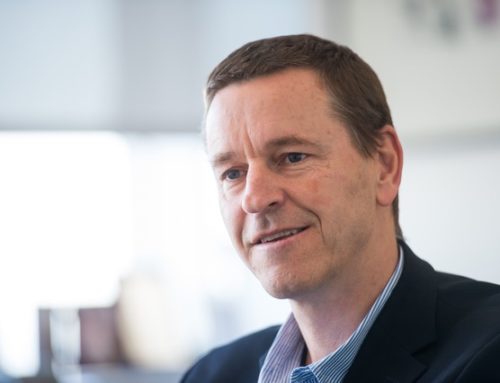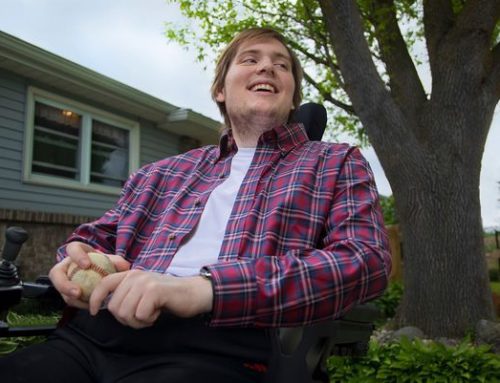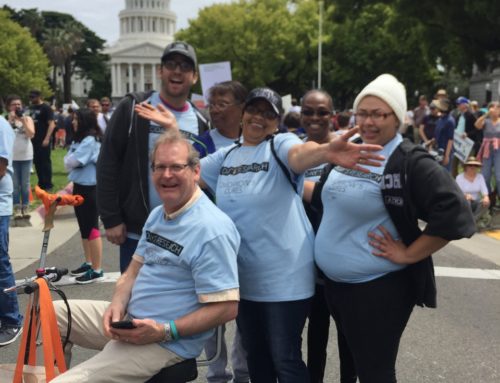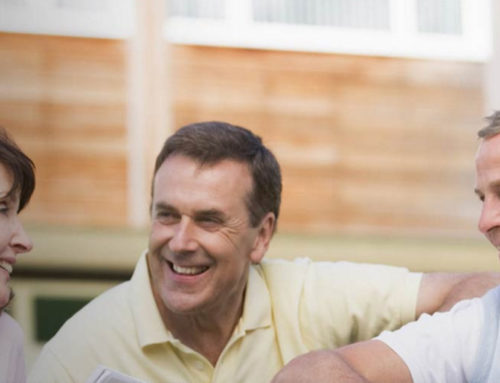“Would you want to live forever?”, asked Gloria, beloved wife of nearly half a century.
At 72, I consider myself middle-aged. My father, Dr. Charles H. Reed, is 95 and plays tennis three times a week and is reading the Bible in French. He is conversant in 12 languages, and once wrote an education dictionary in English and Vietnamese. I love the idea of a century of useful life, to wear out in service.
Live forever? No. There will come a time when the chores are done, and it will be a relief to let others carry on the work, while I merge quietly into the universe.
But to live out my remaining years as healthy as possible? Absolutely! I definitely hope to avoid some of the horror-show side effects like Alzheimer’s, blindness, heart disease, arthritis, atherosclerosis and other conditions I can barely pronounce?
When I first read U.C. Berkeley’s Irina Conboy’s research on aging, I couldn’t believe it. Surely this was over the edge, impossible—to deal with aging as if it was a treatable disease?
But when I typed out her CIRM grant document (something I do when I can’t understand) I was surprised—there was substance here. She might or might not succeed, which is true for all scientific endeavors, but she was approaching her goals systematically, step by verifiable step.
“(When) the body’s capacity to regenerate new tissue can no longer keep up with tissue death… this leads to the loss of organ function and causes many degenerative disorders….(Practical) therapies will only emerge when the balance between the regenerative and degenerative processes is properly understood.”
De-generative, re-generative… The body breaks down, then tries to rebuild. When the breakdown is more than the re-build, bad things happen. That made sense. But could it be reversed, as Dr. Conboy mentioned later, so that our dedicated tissue stem cells (in muscle, brain, bone, liver, etc.) could continue to replace or repair the damaged and worn out tissues well, regardless of if we are 20 or 95 years old?
Today as this is written, Thursday October 19, 2017, I have an appointment to visit Dr. Conboy, 12:00 noon, at her Cal Berkeley lab.
Were other scientists working on similar goals?
CIRM-funded Dr. Helen Blau of Stanford has numerous ideas (also backed up by step-by-step research) on how to increase one’s chances of a long and healthy life.
Dr. Blau studies muscle stem cells (MuSCs), which she says “are responsible for the maintenance and regeneration of…muscle mass, crucial to mobility and quality of life. With advanced age, the proportion of (functional) muscle stem cells…declines”.
She hopes to “expand the (numbers of)…MuSCs in the aged muscle tissues, enabling…muscle repair in the elderly.”
Sharing her optimism is another Stanford scientist, Dr. Jill Helms:
“Research over the past decade has conclusively demonstrated that aging is reversible….old cells can become young again… we may not be able to stop the march of time but our growing knowledge of stem cell biology and aging offers new avenues to treat old diseases.
“My group at Stanford has identified and characterized a potent stem cell activator, Wnt, and shown that it activates both embryonic and adult stem cells.
“With CIRM funding we developed a strategy for activating a patient’s own bone stem cells (for) rapid healing…our goal is to discover new ways to remain fit and vigorous, well into old age…”
—Jill Helms, CIRM grant recipient, Stanford University, personal communication.
I love visiting Berkeley, the town where I was born. The UC Campus is a joy, to see all the young enthusiastic men and women arguing, too excited to care who hears them; to walk past the towering Campanile clock tower, turn right, get the exercise of a good long walk— and then to enter a Hall of Science and one of the cramped offices of people with genius IQs and the will to make things happen.
Michael Conboy arrived first. He is a soft-spoken scientist, who can communicate in small words—a talent which is much appreciated!
Then Irina Conboy (they are married) burst into the room, immediately taking command. An overwhelming personality, she has a booming voice, talks a mile a minute, and shows little mercy for those who cannot keep up… I took notes, scribbling frantically.
Her approach today is to direct the productive actions of various stem cells (in muscle, brain, bone, etc. tissues) by manipulating their environment.
“In the aged body, stem cells need to be instructed. Otherwise they mostly sleep.”
She states that the human body, even grown old, still maintains functional stem cells, which (if activated) could repair and regenerate worn-out tissues and organs. Just as the embryonic stem cell must be told what to do, (otherwise they fail to become the tissue that patients need) so the quiescent adult stem cells need to be instructed by the body’s natural molecular cues to “wake up” and multiply, making more of themselves and differentiating into a new tissue – repair.
This process is very effective when we are young, but deteriorates with age, she continued; this is largely caused by the changes in their environment: both internal, (the circulatory surroundings of the adult stem cells), and external. A 20-year old with a risky life-style (sun-bathing, cliff-jumping, bar-hopping, etc.) might inflict more tissue damage than a 75-year old with a healthy life style; but at 20 this damage is repaired well and quickly; at 75, it lingers. The goal of the Conboy lab is to make us regenerate as efficiently at 75 years of age, as we used to do at 20.
A key benefit from Dr. Conboy’s CIRM grant on studying what human embryonic stem cells secrete into their environment, was being able to identify a number of molecular cues that are made by the embryonic cells and which direct adult stem cells to work better (even in the old).
She was happy to mention a talented young scientist who worked on the project in the Conboy lab. Hanadie Yousef, now a postdoctoral fellow at Stanford is organizing an effort to translate this discovery to the clinic through the development of pluripotent stem cell-derived protein-based therapeutics that promote tissue regeneration in the elderly.
All too quickly we were out of time. Dr. Conboy had two classes to teach, and had just been able to squeeze in our conversation.
Will the Conboy approach be the one which alleviates some of the most devastating effects of aging? Will Dr. Helen Blau succeed with her work on muscle stem cells? And what about Dr. Jill Helms and her stem cell activator?
With the ever-increasing aging of our population, we need to find out.
The only way for that to happen is to make sure funding is available— for which the experts can compete.
And may the best science win!
This post originally appeared on HuffPost.
Don C. Reed is Vice President of Public Policy for Americans for Cures, and he is the author of the forthcoming book, CALIFORNIA CURES: How California is Challenging Chronic Disease: How We Are Beginning to Win—and Why We Must Do It Again! You can learn more here.






